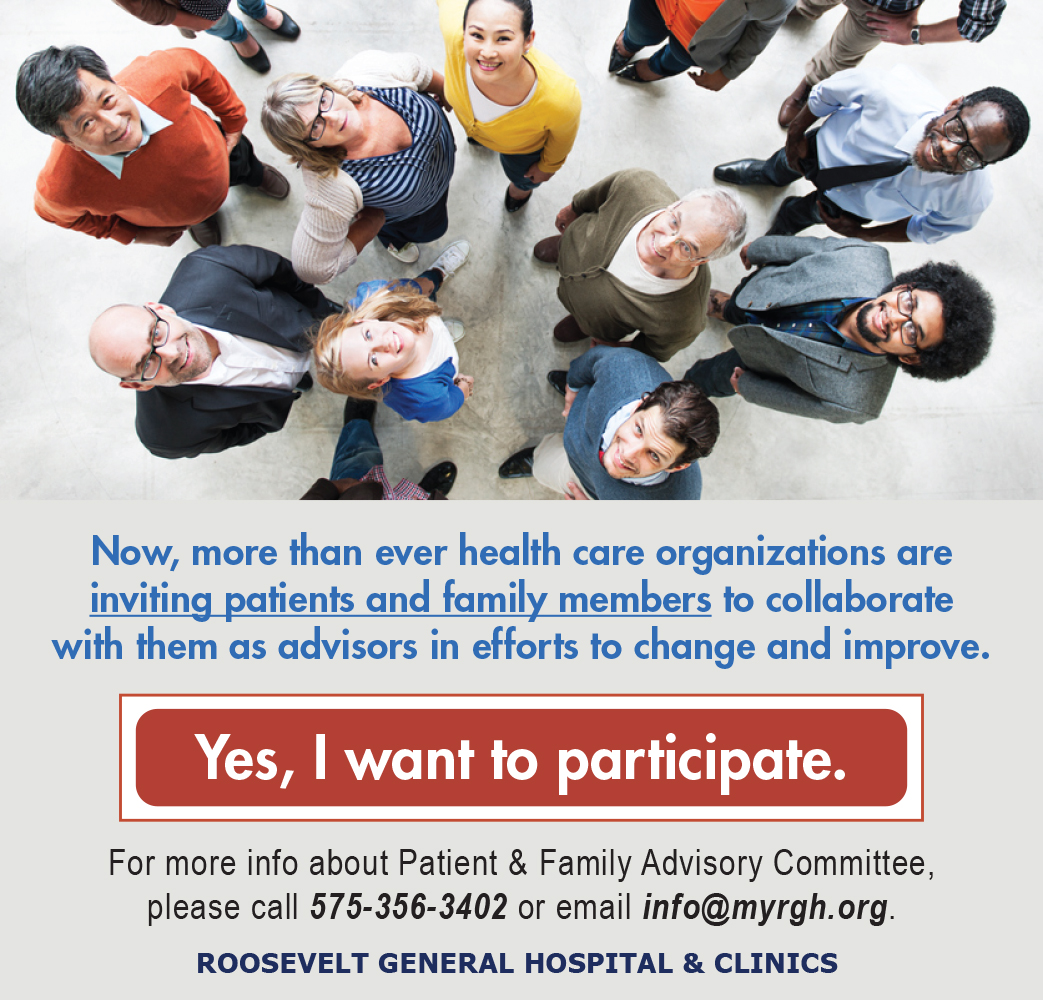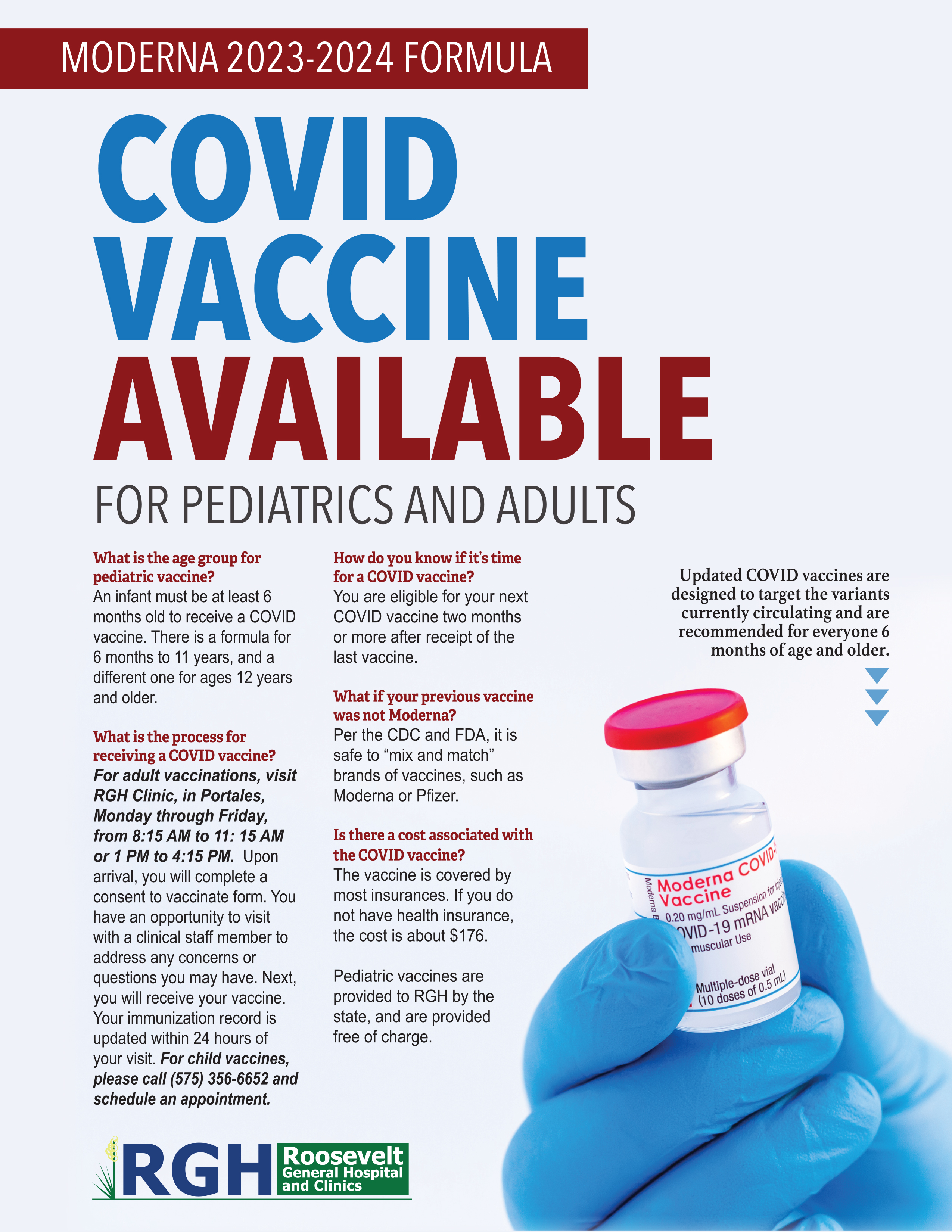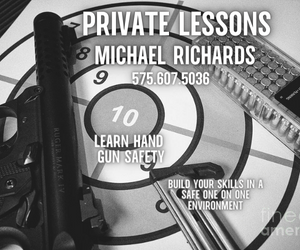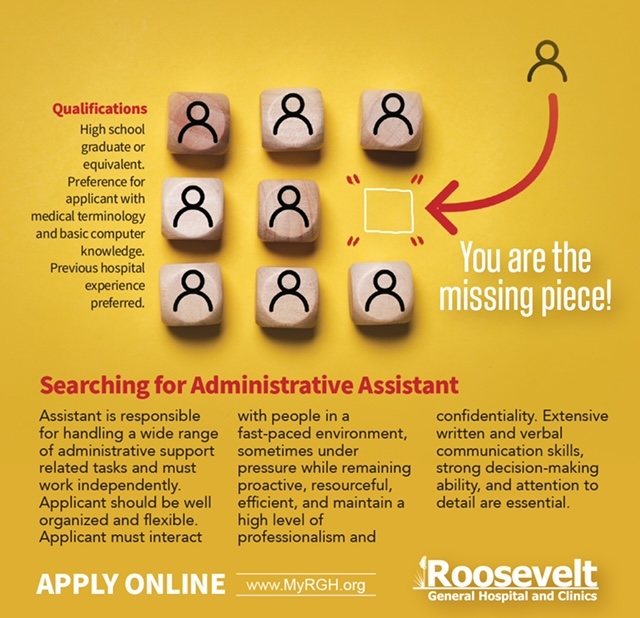Treatment Is Effective
“There is definitely a pretty common misconception that yes it’s as easy as just making a choice and saying ‘just don’t use, why are you using’.” – Jamie
Opioid addiction is a chronic disease, like heart disease or diabetes that can’t be cured, but it can be managed to help a person with addiction regain a healthy, productive life. People can’t just walk away from addiction – they need help.
Treatment is Effective.
Treatment helps people stop using the problem drug and helps people address life issues they may have tied to the addiction, such as feelings of low self-worth, a bad home or work situation or spending time with people who use drugs.
It helps them get through withdrawal and cope with cravings and regain a normal state of mind.
Just as important, treatment helps people address life issues they might have that are tied to the addiction, such as feelings of low self-worth, a bad situation at work or home, or spending time with people who use drugs.
Medication-assisted treatment (MAT)
Tailored to meet each person’s needs, medication-assisted treatment (MAT) is the use of medications, in combination with counseling to treat opioid addiction such as prescription pain relievers and heroin. The prescribed medication operates to normalize brain chemistry, block the euphoric effects of alcohol and opioids, relieve physiological cravings, and normalize body functions without the negative effects of the abused drug.
Research shows that a combination of medication and therapy can successfully treat these disorders, and for some people struggling with addiction, MAT can help sustain recovery and are approved by the Food and Drug Administration (FDA).
This treatment approach has been shown to:
Improve patient survival
Increase retention in treatment
Decrease illicit opiate use and other criminal activity among people with substance use disorders
Increase patients’ ability to gain and maintain employment
Improve birth outcomes among women who have substance use disorders and are pregnant
Types of Medication
The most common medications used in treatment of opioid addiction are Buprenorphine and Methadone. Sometimes another medication, called naltrexone, is used.
Buprenorphine and Methadone reduce cravings and trick the brain into thinking it is still getting the problem opioid.
Naltrexone helps overcome addiction in a different way. It blocks the effect of opioid drugs. This takes away the feeling of getting high if the problem drug is used again.
Buprenorphine
Buprenorphine reduce cravings and tricks the brain into thinking it is still getting the problem opioid. suppresses and reduces cravings for the abused drug. The person taking the medication feels normal, not high, and withdrawal does not occur. It can come in a pill form or sublingual tablet that is placed under the tongue. A doctor must have special approval to prescribe buprenorphine. Learn more about buprenorphine.
Methadone
Methadone tricks the brain into thinking it’s still getting the abused drug. In fact, the person is not getting high from it and feels normal, so withdrawal doesn’t occur. Learn more about methadone.Pregnant or breastfeeding women must inform their treatment provider before taking methadone. It is the only drug used in MAT approved for women who are pregnant or breastfeeding. Learn more about pregnant or breastfeeding women and methadone.
Naltrexone
Naltrexone works differently than methadone and buprenorphine in the treatment of opioid dependency. If a person using naltrexone relapses and uses the abused drug, naltrexone blocks the euphoric and sedative effects of the abused drug and prevents feelings of euphoria. Learn more about naltrexone.
Buprenorphine and naltrexone are dispensed at treatment centers or prescribed by doctors.
As a part of its comprehensive strategy to address the opioid use crisis and overdose epidemic in the United States, SAMHSA launched a new interactive tool for consumers. Decisions in Recovery: Treatment for Opioid Use Disorder supports people with opioid use disorder in making informed decisions about their care and treatment choices.
The online tool and accompanying handbook were developed to help people with opioid use disorder learn about medication-assisted treatment (MAT), explore and compare treatment options, and discuss treatment preferences with their healthcare provider.
Taking medication for opioid addiction is like taking medication to control heart disease or diabetes. It is NOT the same as substituting one addictive drug for another and, taken properly, does NOT create a new addiction.































